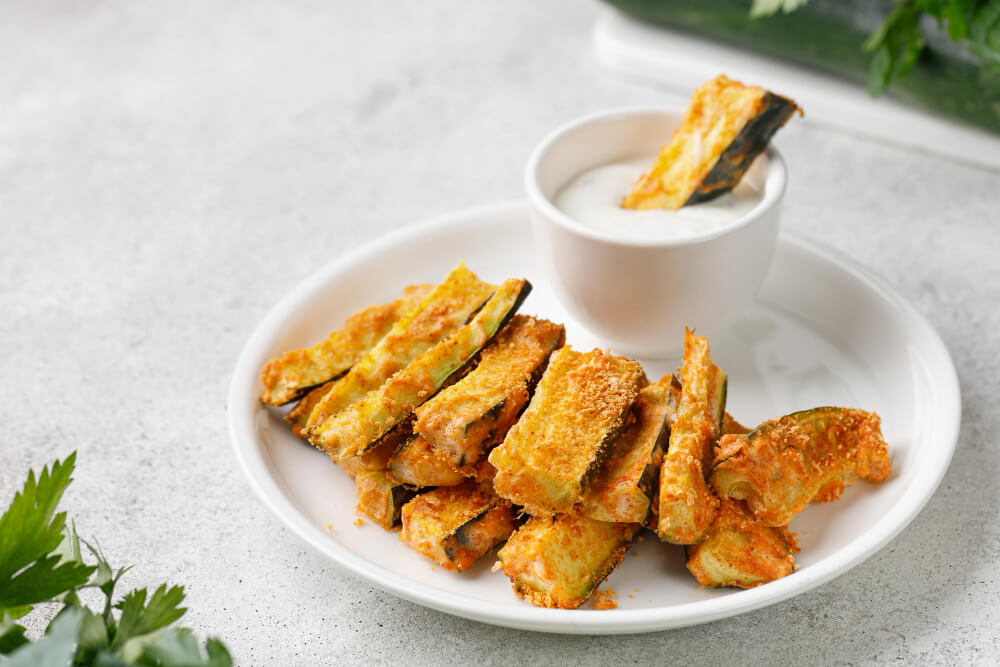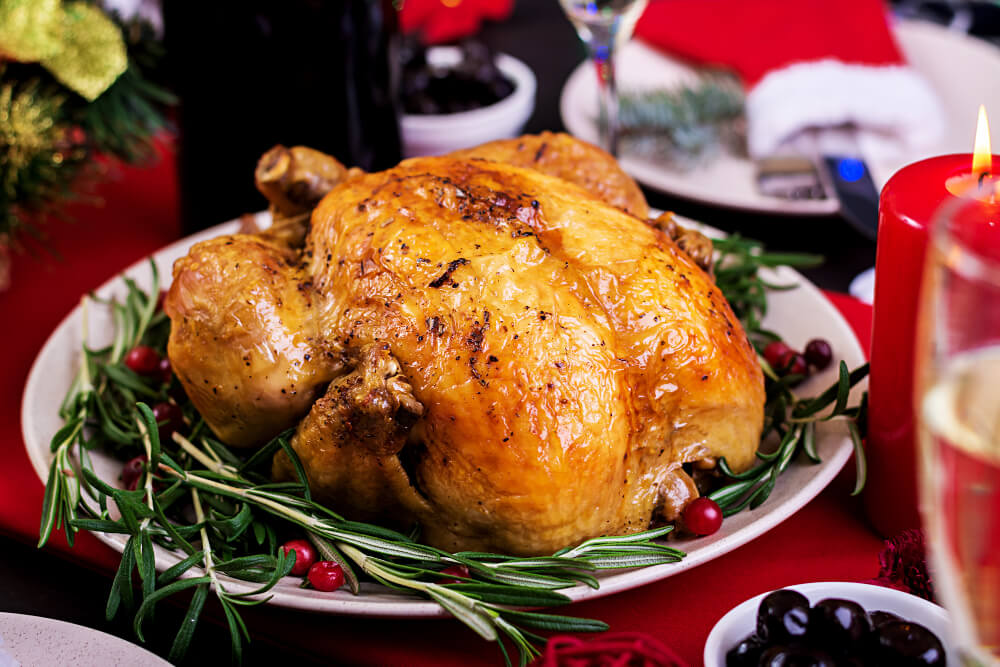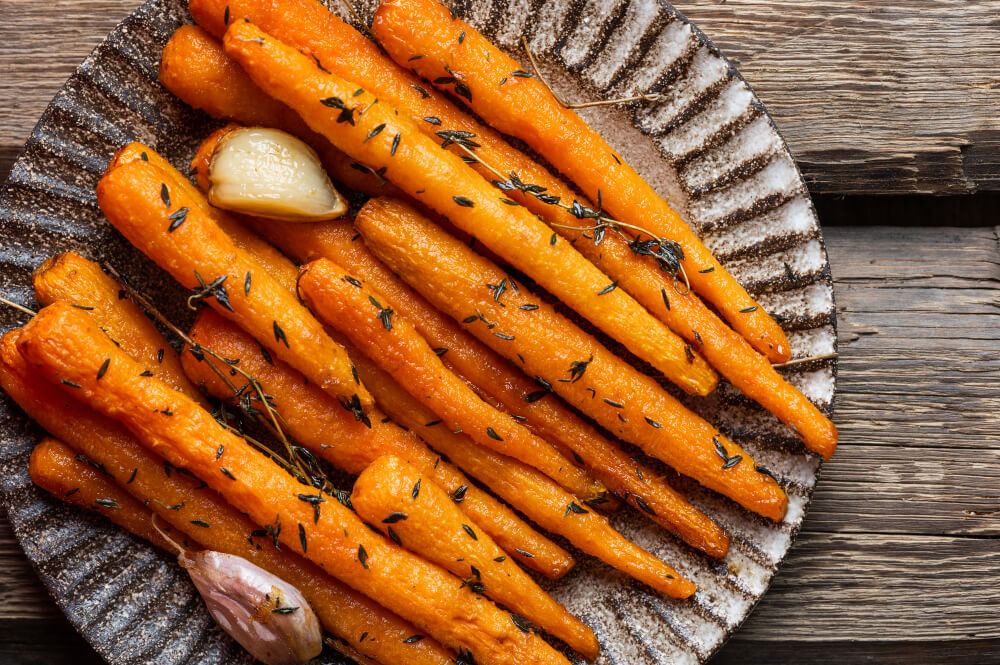
Are you planning to purchase a wooden cutting board? Before you make your choice, it's crucial to understand the wood not to use for cutting boards. In this blog post, we will dive into the topic and provide you with valuable insights on the types of wood you should avoid when it comes to selecting the perfect cutting board for your kitchen.
We will discuss softwoods, which are not ideal for cutting boards due to their softer nature and susceptibility to knife marks and damage. Porous woods will also be covered, as they can absorb moisture and harbor bacteria, compromising the hygiene of your food preparation surface. Moreover, we will shed light on toxic woods that should be completely avoided to ensure the safety of your meals.
But that's not all. We'll also explore some essential factors to consider when choosing a wood cutting board, including the benefits of hardwood, different wood species to consider, and the drawbacks of using alternatives such as glass cutting boards.
Stay tuned as we delve deeper into the fascinating world of wood for cutting boards. By the end of this article, you'll be equipped with the knowledge to make an informed decision and select the right kind of wood for your perfect cutting board.
Factors to Consider When Choosing Your Wood Cutting Board
Before we go ahead and explore the different types of wood suitable for cutting boards, let's discuss the factors you should consider when choosing the perfect cutting board material. Selecting the right wood for a cutting board is crucial as it directly impacts the performance, durability, and safety of your kitchen tool.
Cutting Surfaces
One of the most critical factors to keep in mind is the ability of the wood to provide excellent cutting surfaces. Look for hardwood options that are dense and have a tight grain structure. Hardwoods like maple, walnut, and cherry are popular choices for their durability and resistance to knife marks.
Material for Cutting Boards
Wooden boards are favored over other materials for several reasons. Unlike plastic or glass cutting boards, wooden boards don't dull your knives quickly, reducing the need for frequent sharpening. Wood also possesses natural antibacterial properties that help inhibit the growth of harmful bacteria on the surface.
Wood Grain
When selecting the right wood for your cutting board, consider the wood grain. End-grain cutting boards, made by arranging the wood fibers vertically, offer a self-healing characteristic. This means that the knife cuts slightly into the wood fibers, which then close up when the knife is removed. This helps to maintain a smooth and flat cutting surface over time.
Size and Shape
Another factor to consider is the size and shape of the cutting board. Ensure it is large enough to accommodate your needs and provides ample working space. Additionally, consider having a reversible board that allows you to use both sides. This way, you can reserve one side for cutting raw meats and the other for fruits, vegetables, and other food items, minimizing cross-contamination.
By carefully considering these factors - cutting board material, excellent cutting surfaces, wood for a cutting board, wooden boards, cutting boards don't, keep the board, cutting boards and butcher blocks, right wood, wood grain, and side of the board - you can make an informed decision when selecting the perfect wood cutting board for your kitchen.
Softwoods to Avoid
Softwoods might not be suitable for tasks like cutting due to their low density, which makes them more susceptible to wear and tear. Here are some softwoods you should avoid:
-
Balsa: Balsa is a lightweight and porous wood like no other, but its softness renders it inappropriate for cutting boards. It can quickly become damaged and harbor bacteria.
-
Cedar: Cedar is an aromatic wood used in various applications but should not be used for cutting boards. Its softness and porous nature make it less durable and prone to bacteria growth.
-
Douglas Fir: Douglas Fir is a popular construction material due to its strength and resistance to decay. However, its softness makes it unsuitable for cutting boards, as it can easily be marred by knives.
-
Redwood: Redwood is a beautiful, rot-resistant wood, but its softness makes it prone to knife marks and bacteria growth.
-
Spruce: Spruce is another softwood that you should avoid for cutting boards. Its softness leads to easy damage and the potential for bacterial growth.
-
Juniper Pine: Juniper Pine, known for its unique aroma and woods that produce edible berries, is not ideal for cutting boards. Its soft nature makes it prone to wear and susceptible to bacteria.
Porous Wood to Avoid

Porous woods like oak and ash have an open grain structure that can trap bacteria and moisture, making them less than ideal for cutting boards. Here are some porous woods to avoid:
-
Ash wood: Although ash wood is relatively durable, its porous nature can harbor bacteria, making it unsuitable for cutting board use.
-
Oak: Oak is a strong and beautiful wood, but its open grain structure can trap food particles and bacteria. Therefore, it is not recommended for cutting boards.
-
Mahogany: Mahogany is a beautiful and durable wood, but its porous nature makes it less hygienic for cutting board use.
-
Black Walnut: Black walnut is an attractive wood used in various woodworking projects, but its porous nature can lead to bacteria growth and make it an unsuitable choice for cutting boards.
-
Butternut wood: Butternut wood is lightweight and easy to work with, but its porous nature can make it unhygienic for cutting board use.
Toxic Woods to Avoid
Certain wood types contain natural toxins that can leach into your food during cutting, posing a risk to your health. Here are some toxic woods to avoid:
-
American Mahogany: American Mahogany is known for its beautiful grain and color, but it can release toxins that are harmful when ingested.
-
Rosewoods: Rosewoods are a group of beautiful, durable woods, but they contain natural toxins that can be harmful if ingested.
-
Pine: Pine is a softwood that can release resin, which may contaminate your food. Additionally, its softness makes it unsuitable for cutting boards.
-
Birch: Birch is a popular wood for various applications, but it contains toxins that can leach into your food and pose a health risk.
-
Western Red Cedar: Western Red Cedar is a soft, aromatic wood that contains natural toxins, making it unsafe for cutting board use.
What is the Best Wood for Cutting Board?
Now that you know the wrong wood types to avoid for cutting boards, let's explore the best woods to use for a cutting board. The ideal wood should have a balance of hardness, durability, and resistance to bacteria. Here is a list of popular options for cutting boards, along with their pros:
Maple
Maple cutting boards are a popular choice for cutting boards due to their hardness and durability. They are dense and have a closed grain structure, which helps prevent the growth of bacteria. Maple is also an abundant and sustainable wood source, making it an eco-friendly option.
Pros of Maple Cutting Boards:
- Hard and durable
- Closed grain structure
- Abundant and sustainable
Walnut
Walnut wood is another excellent choice for cutting boards, offering a balance of hardness and durability. Its tight grain structure and natural resistance to bacteria make it a hygienic option. Walnut cutting boards are also prized for their beautiful dark color and unique grain patterns.
Pros of Walnut Cutting Boards:
- Hard and durable
- Tight grain structure
- Beautiful dark color and unique grain patterns
Cherry
Cherry is a popular choice for cutting boards due to its attractive reddish hue and moderate hardness. It is less dense than maple or walnut, but it offers good cutting performance and resistance to bacteria. Some prefer to use cherry wood for its distinctive color, which deepens over time.
Pros of Cherry Cutting Boards:
- Moderate hardness
- Attractive reddish hue
- Good cutting performance
Teak
Teak is one of the best types of wood for cutting boards due to its high oil content, which naturally protects it from moisture and bacteria. Its hardness and durability make it an excellent choice for heavy-duty cutting tasks. However, teak can be more expensive than other wood options.
Pros of Teak Cutting Boards:
- High oil content for natural protection
- Hard and durable
- Excellent for heavy-duty cutting tasks
When choosing wood for a cutting board, consider factors like hardness, durability, and resistance to bacteria. Each of these options offers a balance of these qualities, making them excellent choices for cutting boards. By selecting the best wood, you can ensure a long-lasting, efficient, and hygienic cutting surface for your kitchen.
Other Materials You Should Avoid

Apart from making cutting boards from the wrong type of wood, there are other materials that you should avoid using for cutting surfaces. Some common materials that are not ideal for cutting boards include bamboo, plastic, and glass.
Bamboo
While a bamboo cutting board can be an eco-friendly option, it has some downsides. Bamboo is harder than most hardwoods, which can cause premature dulling of your knives. Additionally, bamboo boards are more prone to splitting and cracking over time due to their high density and low moisture absorption.
Cons of Bamboo Cutting Boards:
- Harder than most hardwoods, leading to dull knives
- Prone to splitting and cracking
Plastic
Plastic cutting boards may seem like a convenient and affordable option, but they have several disadvantages. Over time, plastic boards develop deep grooves and scratches from knife use, which can harbor bacteria and be difficult to clean. Although they can be placed in the dishwasher, high temperatures can cause warping or melting, affecting their longevity. Furthermore, plastic cutting boards are not eco-friendly, as they are made from non-renewable resources and can take hundreds of years to decompose.
Cons of Plastic Cutting Boards
- Develop deep grooves and scratches
- Can harbor bacteria
- May warp or melt in the dishwasher
- Not eco-friendly
Glass
Glass cutting boards are aesthetically pleasing and easy to clean, but they are not suitable for regular cutting tasks. Glass is extremely hard and can damage or dull your knives quickly. Moreover, glass boards can be slippery, posing a risk of accidents while cutting. They can also shatter or chip, leading to broken glass pieces in your food.
Cons of Glass Cutting Boards:
- Damages and dulls knives
- Slippery surface
- Can shatter or chip
While bamboo, plastic, and glass cutting boards may have their appeal, they come with a range of drawbacks that make them less ideal than wood boards. When choosing a cutting board, it is essential to consider factors such as knife maintenance, hygiene, durability, and eco-friendliness. Opting for a high-quality wood cutting board made from the right type of wood will provide you with a reliable and efficient cutting surface for years to come.
Conclusion
Selecting the perfect cutting board is crucial for the efficiency, durability, and safety of your kitchen tool. By understanding the wood types to avoid and opting for the best wood choices, such as maple, walnut, or cherry, you can ensure a long-lasting and hygienic cutting surface.
Keep in mind the drawbacks of alternative materials like bamboo, plastic, and glass, and prioritize factors such as knife maintenance, hygiene, durability, and eco-friendliness.
With the knowledge gained from this article, you are now well-equipped to make an informed decision and invest in the perfect wood cutting board for your kitchen.
Related Articles
- Wood vs. Plastic Cutting Boards Which One Is the Best?
- Bamboo vs Wood Cutting Boards: The Pros & Cons You Need To Know
- How To Clean a Wood Cutting Board Like a Pro: Simple and Easy Tips
- Best Wood for Cutting Boards, the Ultimate Guide
- Why Use a Cutting Board Oil Applicator?
- Cutting Board Oil: What Is the Best Oil for Wood Cutting Boards?
- How to Refinish a Wood Cutting Board and Make It Look Like New
- Is Oak Good for Cutting Boards - Best Wood for Cutting Board Guide
- How to Fix a Warped Cutting Board
- How to Season a Wood Cutting Board | Wooden Cutting Board Guide
Related Products You Might Like
At Mevell, we understand the importance of high-quality cutting boards for your kitchen. Our walnut cutting boards are an ideal choice, offering a perfect balance of hardness, durability, and resistance to bacteria.
With their beautiful dark color and unique grain patterns, these boards not only serve as a functional kitchen tool but also add a touch of elegance to your cooking space.
Explore our range of walnut cutting boards and discover the difference a Mevell board can make in your food preparation experience.
Trust us to provide you with the best quality and performance for your culinary endeavors.



